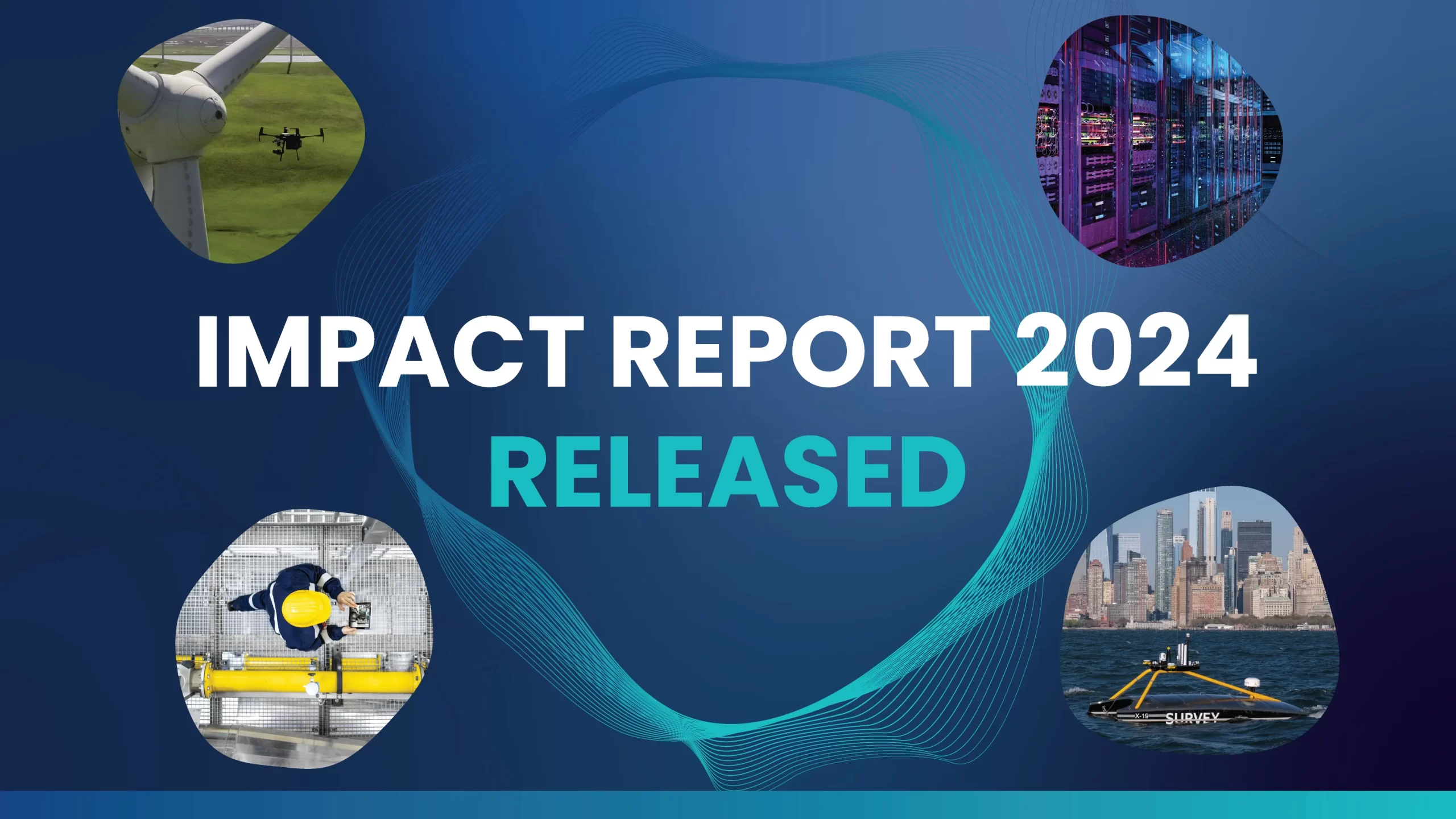

GHGSat demonstrates how commitment to cross-border partnerships and novel technologies results in reduction of emissions.

Accurately detecting and measuring greenhouse gas (GHG) emissions is fundamental to the work of eliminating them. In the second phase of OGCI’s (Oil and Gas Climate Initiative) ongoing Satellite Monitoring Campaign, Climate Investment (CI) portfolio company since 2018, GHGSat’s constellation of high-resolution methane-specific satellites has already helped local operators eliminate methane emissions. If these plumes were from continuously emitting sources and were not abated, they could amount to an estimated equivalent of around 1 million tonnes of carbon dioxide equivalent (CO2e) over the course of one year1.

GHGSat manufactures and operates a constellation of high-resolution, low-density threshold satellites, and the world’s first dedicated CO2 monitoring satellite to pinpoint greenhouse gases from human-induced and natural sources from any industrial site in the world.
Globally applicable across onshore and offshore assets. Market segments include oil and gas, coal mining, waste management, and agriculture facilities. Other relevant groups are governments, regulators and financial services.
Spatial Monitoring: Offers global greenhouse gas emissions monitoring services that use satellite and aircraft-based measurements of methane and CO2 concentrations covering a 12 km x 12 km area and provide a spatial resolution approximately 25 meters with value-added analyses.
Available value-added services to resellers, governments and adjacent industrial markets: Air Quality Monitoring, Ship Pollution Tracking, Commercial and Government Intelligence.

Leadership:
Stéphane Germain
Website:
www.ghgsat.com/en
Contact person:
Ryan Mattson
rmattson@ghgsat.com
The flagship Satellite Monitoring Campaign (SMC) is a collaboration between GHGSat, Carbon Limits, and the OGCI. Launched in 2021, the campaign initially focused on Iraq. It was then extended in 2022-2023 to map emissions across sites in Algeria, Kazakhstan and Egypt operated by OGCI members and non-members. Results from the SMC demonstrate both the capability of satellite technology to detect and quantify emissions, and how getting data to the right hands through confidential engagements, enables substantial greenhouse gas mitigation.
The UN Environment Programme estimates there are some 55 Gt CO2e of addressable GHG emissions worldwide. By combining high-resolution satellites able to detect methane emissions as low as 100 kg/h, with airborne services that monitor methane emissions as low as 10 kg/h, GHGSat’s monitoring services can pinpoint facility level sources.
Focusing on six oil and gas sites in each of Algeria, Kazakhstan and Egypt over 12 months of the campaign, GHGSat performed over 530 high resolution observations. Findings were combined with public satellite data to provide reliable, actionable information that allowed local operators to identify and characterize previously unknown persistent emissions sources.
As a result, three sources of persistent methane emissions were successfully mitigated, with one being in Algeria and the other two in Kazakhstan. These emissions had a combined average rate of 3,200 kg of CH4/hr, which is equivalent to the estimated 1 million tonnes of CO2e. This hourly carbon emission amount is almost equal to that of 4,000 gasoline-fueled passenger vehicles. OGCI is continuing to engage with operators to help identify mitigation solutions.
Working across international borders, the Satellite Monitoring Campaign has a tailored approach to engagement and mitigation, adaptable to the variety of geographies, assets and operators it covers. Confidential engagement provides data to local operators, including national oil companies and partners, helping them identify and address emissions sources by sharing established knowledge, expertise and best practices.
Asset-level inventories combining satellite and operator-supplied on-site monitoring technologies (such as remote sensing data and infrared cameras), aids a better understanding of emissions to effectively tailor next steps.
For example, asset specific analysis at one site in Iraq allowed the operator to make improvements in routine procedures, cutting repeatedly observed methane emissions that ranged from 500 to 8,000 kg CH4/h to a level not detectable by satellites. Where emissions were identified from sources that will take longer to address and require large capital investment, OGCI is continuing to engage with operators to identify solutions.
The estimated cost of detecting the methane emissions already eliminated in this extended phase of the SMC came in below $2 per tonne of CO2e, with the most common emissions sources identified as incomplete combustion from burning pits, gathering pipeline emissions, equipment venting and storage tank venting.

Based on this latest phase of the SMC and feedback from participants, OGCI is extending the campaign to more countries and operators. It recommends satellites are supplemented with on-site monitoring such as remote sensing data and infrared cameras, and complementary initiatives including stakeholder engagement and awareness building are used to share knowledge and learnings beyond direct participants in the campaign.
GHGSat’s growing portfolio will continue to provide satellite monitoring capabilities of near-daily site revisits around the globe. Across 2023, their constellation detected a total of 6.5 Mt/yr (183 Mt CO2e) of methane emissions from oil and gas facilities, equivalent to over 40 million gasoline‑powered cars driving on the road for a year.
Monitoring efforts have expanded beyond oil and gas, and GHGSat satellites are now monitoring emissions in industries including coal mining, waste management and agriculture. The addition of the world’s first CO2 monitoring payload and new offshore capabilities further extends applications, with early results registering the smallest offshore methane emission ever detected from space – approximately 180 kg/h at a platform in the Gulf of Mexico.

"This latest stage of OGCI’s satellite monitoring campaign demonstrates how a systematic effort to raise awareness, deploy new technologies and engagement can support local operators, including national oil companies and joint-venture partners, in their efforts to remove methane emissions at scale"
Bjørn Otto Sverdrup, Chair of OGCI’s Executive Committee
1Calculated as hourly rate in kilograms x 24 (hours per day) x 365 (days per year) x 29.8 (IPCC Assessment Report 6 GWP for methane)/ 1000 for tonnes of CO2e per year.


